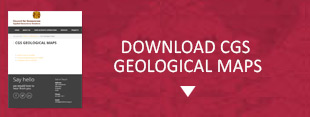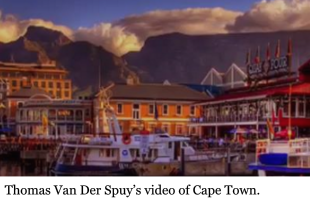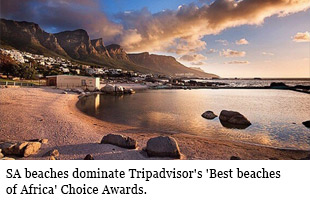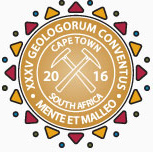
35TH INTERNATIONAL GEOLOGICAL CONGRESS
27 AUGUST - 4 SEPTEMBER 2016 | CAPE TOWN, SOUTH AFRICA
Sponsors






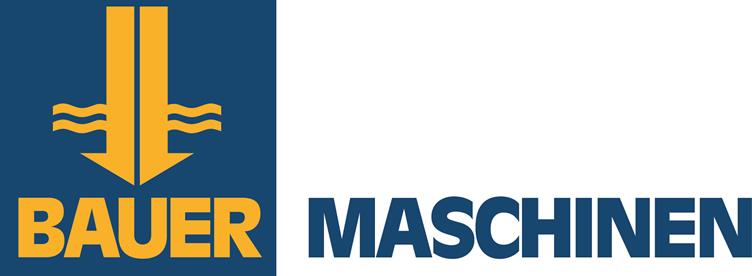










35 IGC SAGPGF





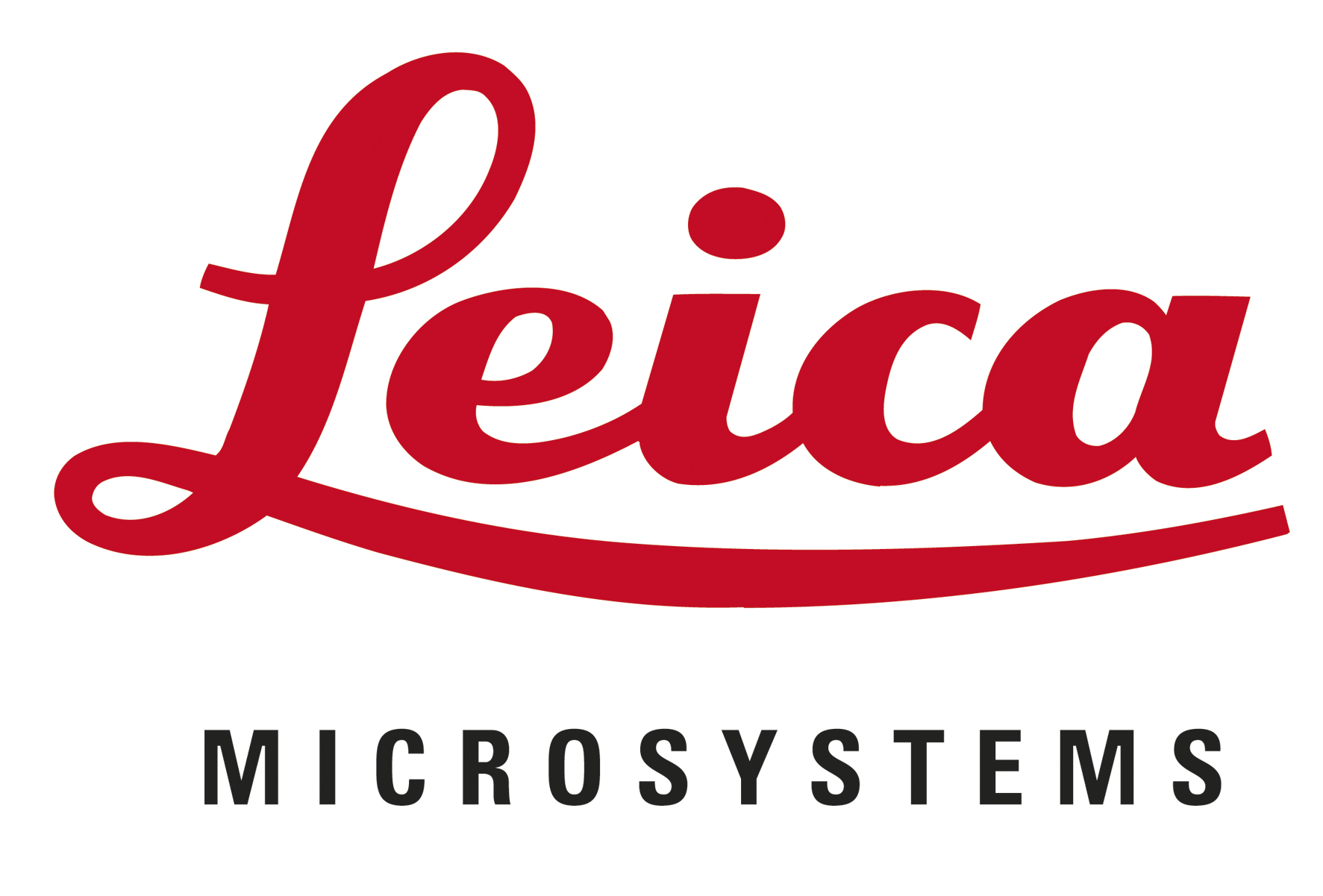

35TH INTERNATIONAL GEOLOGICAL CONGRESS
27 AUGUST - 4 SEPTEMBER 2016 | CAPE TOWN, SOUTH AFRICA
My IGC
Pre 16 Geology of the Barberton Greenstone Belt: Processes of the early Earth
Field Trip Pre-16 took place August 22 (arrival) to August 28 (departure) and focused on the geology of the Barberton Mountain Land. The field trip was led by Profs. Don Lowe (Stanford University, USA), Christoph Heubeck (Jena University, Germany), and Gary Byerly (Louisiana State University, USA). Eighteen participants from China, Japan, Italy, Brazil, Belgium, the UK, and the US learned about early life, the growth of continents, ultramafic magmatism, historical and active gold mining and the many unusual factors that shaped the surface conditions of the early Earth.
Day-to-day organization of the trip lay in the capable hands of Astrid Christianson of Barberton Community Tourism who had assembled seven bakkies and staffed them by experienced local drivers, all of them active members of the community and involved either in the tourism industry or in mining / geology. This proved ideal for both sides: The international guests, all of them newcomers to greenstone belt geology, not only learned about geology from the three field trip leaders but also about local history, botany, wildlife and culture from their drivers; the drivers, in turn, experienced first-hand what attracts worldwide scientific attention to their region and also improved their own understanding of their home mountain range.
On the first day, Gary Byerly introduced the participants to the world of ultramafic magmatism by presenting komatiites, pyroxenites, and peridotites from the Sawmill and Pioneer Ultramafic Complexes west of Barberton. Many fine-grained interbeds, formerly thought to be shear zones, are actually (partially aquatically reworked) mafic and ultramafic ash beds, some of them with unambiguous sedimentary structures. Together with the spinifex-textured komatiites and coarse-grained cumulates, these units drew a clear picture of high-volume, high-temperature, low-viscosity Archean magmatism and its interaction with oceans and the atmosphere.
The second day brought the field trip to the Buck Reef Chert, basal chert of the Kromberg Formation in the Onverwacht Group. Don Lowe presented the regional geology of the Onverwacht Anticline and then led the group through a deepening-upward section of this unit, in places up to 300 m thick and thought to be the thickest Archean chert. He presented clear evidence of initial evaporitic deposition in shallow lagoons on a large volcanic plateau, overlain by abundant microbially-laminated cherty sediment (some of the earliest microbial body fossils) which graded in ferruginous chert. The group examined evidence for the Quaternary (not Archean) nature of iron-oxide precipitation near the top of the unit before returning to Barberton.
Meteorite impacts and sedimentary barite sedimentation stood in the centre of attention of the third day. A series of large but distant meteorite impacts had generated melt droplets which had rained out from near-Earth orbits as decimetre-thick fallout deposits, blanketing the sea floor and preserved in strata of the basal Fig Tree Group. Don Lowe explained the multifold consequences of these nonuniformitarian events to the early Earth, including shattering of the sea floor, partial evaporation of the oceans, reworking by tsunamis and partial extinction of life.
Christoph Heubeck presented the geology of the central BGB along the transect of the R40, a scenic paved road across the range from Barberton to the Josefsdal/Bulembu border post. This road, known as the Barberton-Makhonjwa Geotrail, features about a dozen parking lay-bys with well-designed panels explaining geological perspectives of early Earth. A second focus of the day lay on the depositional environment and ecological niches of abundant widespread photosynthetic microbial mats in high-energy tidal zones of the Moodies Group, ca. 3220 Ma, clearly demonstrating how early life had adapted to cope already with challenging environments.
The program of the fifth and last day led participants along the northern margin of the greenstone belt east of Barberton. The field trip examined the large “gneiss dome” of the Kaap Valley tonalite and, in several stops, its complex contact and structural relationships with adjacent coeval and younger strata. The afternoon was dedicated to historical and active gold mining, during which the group visited illegal alluvial gold mining activities in Fig Tree Creek, the stupendous underground hole of the Golden Quarry of 1885, historical modern extraction and refining techniques at Sheba Mine, and the museum integrated into its Geology office, all enthusiastically presented by Chris Rippon of PanAfrican Resources. An evening farewell party concluded the field trip, and the participants departed the next morning to Cape Town to take part in the icebreaker program that evening.
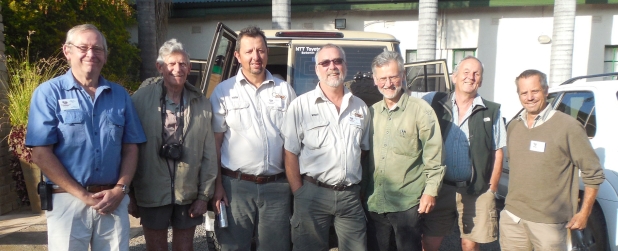 Field Trip drivers. From left: Terry Bellington, Roland Jones, Pieter Visser, Wynand Engelbrecht, Prof. Christoph Heubeck, Dave Mourant, Pete Wilson. Not pictured: Tyler Robinson.
Field Trip drivers. From left: Terry Bellington, Roland Jones, Pieter Visser, Wynand Engelbrecht, Prof. Christoph Heubeck, Dave Mourant, Pete Wilson. Not pictured: Tyler Robinson. Participants showed themselves impressed by the level of detailed investigation which the excellent preservation of greenstone belt geology made possible, and expressed their satisfaction at the depth and breadth of information they had received through the three field trip leaders and the guidebook. Field trip leaders, in turn, praised the curiosity and the inquisitive questions of the visitors and emphasized that the success of the field trip was to in no small part due to the professional hospitality of the members of the Barbertonians who organized an evening at the local MOTH club, sent a national TV crew to join us in the field, proudly presented their town on impromptu sightseeing tours and always had cold drinks handy. Many thanks to all involved – Barberton presented itself very well!
Christoph Heubeck
 Field trips
Field trips  Sponsorship & expo
Sponsorship & expo  Registration
Registration Tours
Tours  Promotion
Promotion 














 Conference Programme
Conference Programme  Field trips
Field trips  Sponsorship & expo
Sponsorship & expo  Volunteer
Volunteer  GeoHost
GeoHost  Registration
Registration Tours
Tours  Promotion
Promotion  Publications
Publications


